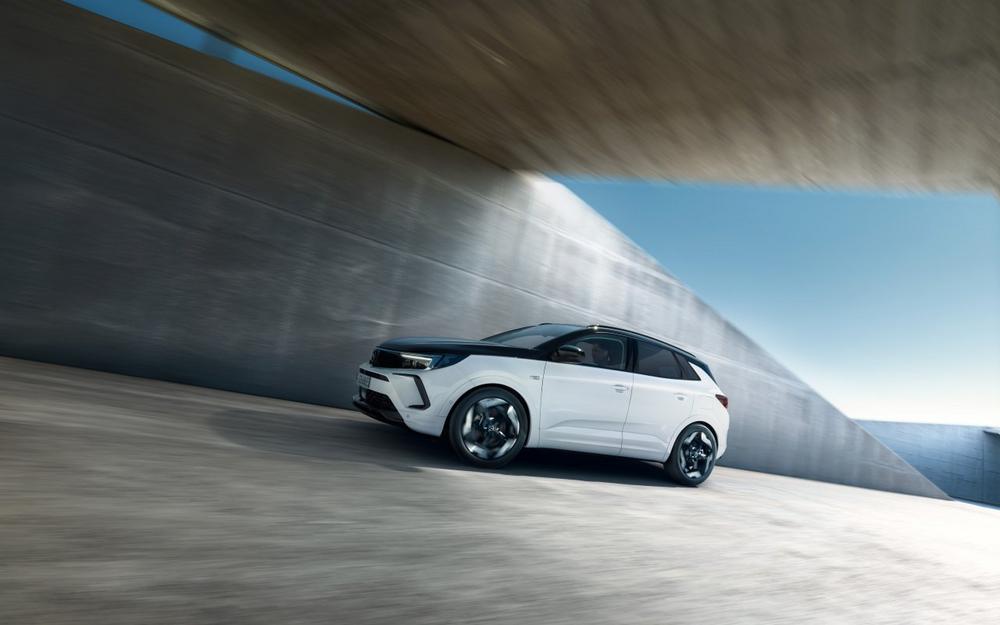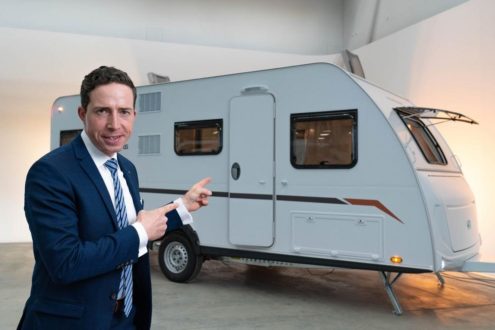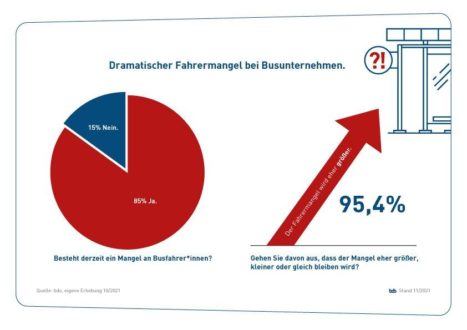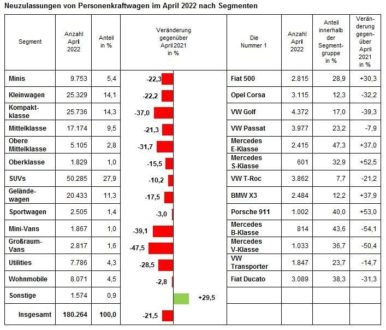
75 millionth Opel: A new Grandland GSe “made in Eisenach”
- Traditionally innovative: “Jubilee” Grandland GSe combines top technologies and driving pleasure
- Birthday parties: 160 years of Opel, 40 years of Corsa and 30 years of Eisenach plant
- Legendary millionaires: Opel Kapitän, Rekord, Senator and Omega
2022 is the year of festivities at Opel – The Rüsselsheim-based brand is already celebrating its 160th anniversary along with the 30th birthday of the Eisenach plant in Thuringia. And one of the automaker’s bestsellers turns 40: the successful Opel Corsa, which has sold millions of units. Now Opel can add another landmark achievement: The brand with the Blitz has reached the production milestone of 75 million units. Vehicles that have always made innovations affordable for a broad range of buyers and thus made people mobile. Highly efficient models that combine emotion and everyday practicality. As a representative of 75 million Opel cars, an electrified, locally emission-free “jubilee” Grandland GSe rolled off the assembly line today – an Opel "made in Eisenach".
"75 million Opel vehicles – a real milestone in the history of Opel’s car production. This impressive figure shows Opel’s important role in democratising technologies and mobility solutions over the decades and for the future. We are redefining mobility – with the clear goal of becoming a fully electric brand in Europe by 2028, with cars that offer driving pleasure with responsibility. Our new sporty and electrified GSe models are another step in this direction," said Opel CEO Florian Huettl.
Opel recently announced that it would revive GSe as a new sub-brand for dynamic, electrified models, with GSe now standing for Grand Sport electric. The new Opel Grandland GSe follows hot on the heels of the Astra GSe and the Astra Sports Tourer GSe. It is a high-performance plug-in hybrid with electric all-wheel drive – a true pioneer in the SUV compact class.
The Grandland GSe combines a 1.6 turbocharged petrol engine and two electric motors – one at each axle – for a strong system power output of up to 221 kW/300 hp (provisional WLTP fuel consumption, weighted, combined1: 1.3 l/100 km; 31-29 g/km CO2). The plug-in hybrid powertrain makes the Grandland GSe a powerful sporty car with electric all-wheel-drive for optimum traction and class-leading launch from a standstill. Acceleration from zero to 100 km/h is completed in just 6.1 seconds and the maximum speed is reached at 235 km/h (135 km/h electrically driven).
Like its Astra GSe siblings, the prerequisites for the Opel Grandland GSe’s especially dynamic and fun-to-drive character lie in its unique suspension and steering calibration featuring firmer springs and dampers with KONI FSD (Frequency Selective Damping) technology. This enables different damping characteristics for agile handling and superior comfort. The new Grandland GSe thus shows how it brings groundbreaking technologies to the compact class and at the same time combines driving pleasure with responsibility.
Production milestones: From the first million to the 75-millionth Opel
Up to the 75-millionth vehicle, Opel has launched many bestsellers and legends over more than 120 years of automobile production. With models such as the 4/8 hp “Doktorwagen” from 1909 or the 4/12 hp "Laubfrosch", Opel turned a prestige vehicle for the well-off into cars for a much broader public at an early stage.
In 1940, the one-millionth Opel is produced, a Kapitän with a self-supporting body and independent front suspension, a design which – thanks to its low weight – ensures improved driving performance and low fuel consumption at that time. The two-millionth automobile with the lightning bolt follows in 1956 – also a Kapitän. The special feature: Opel is the first German manufacturer at the time to achieve such high production figures. Accordingly, the company turns the "jubilee" vehicle into a unique car: As an extraordinary “flagship” of the brand, the cream-white Opel is given a coating of 24-carat gold on all chrome parts.
The "millions” follow faster and faster in the following years. The increase in production speed is not only an expression of rapidly advancing motorisation – the democratisation of mobility – but also the result of production becoming more modern and efficient. Just 15 years later, in 1971, the ten-millionth Opel rolls off the production line at the Rüsselsheim plant: a Rekord C Caravan. A jubilee that is also celebrated in a big way. One Opel each from the daily production of the "ten-millionth" is given to the minister presidents of those federal states in which Opel had plants at the time: Hesse (Rüsselsheim), North Rhine-Westphalia (Bochum) and Rhineland-Palatinate (Kaiserslautern).
In 1983, a silver-grey Senator CD is the 20-millionth Opel to leave the production plant in Rüsselsheim. And in the same decade the 25-millionth Opel model – an Omega A Caravan – is produced at the Opel headquarter plant. The Omega A is the brand’s top model from the mid-1980s to the early 2000s, and the small Opel Corsa and the Kadett successor Astra also become highly successful million-sellers in the compact class. After German reunification, around 4.13 million Astra F roll off the production line between 1991 and 1997. This makes it the best-selling Opel model to this day. The honour of the 50-millionth Opel car is once again bestowed on the Omega. It leaves the plant in December 1999 as a silver sedan of the then comprehensively updated B-generation.
And now the next big milestone follows with the 75-millionth Opel: With the new Grandland GSe, the brand exemplifies how especially sporty driving pleasure can be responsibly combined with emotional design and comprehensive everyday practicality. A car and drive concept with which the brand continues to advance the future of mobility. It is already clear today that a model which is also locally emission-free and then fully electric will leave the factory halls on the occasion of Opel’s next production anniversary.
[1] The provisional fuel consumption and CO2 emissions figures mentioned comply with the WLTP homologation (regulation EU 2017/948). From 1 September 2018, new vehicles are type-approved using the World Harmonised Light Vehicle Test Procedure (WLTP), which is a new, more realistic test procedure for measuring fuel consumption and CO2 emissions. The WLTP fully replaces the New European Drive Cycle (NEDC), which was the test procedure used previously. Due to more realistic test conditions, the fuel consumption and CO2 emissions measured under the WLTP are in many cases higher compared to those measured under the NEDC. The fuel consumption and CO2 emissions figures may vary depending on specific equipment, options and format of tires.
Opel Automobile GmbH
Bahnhofsplatz
65423 Rüsselsheim
Telefon: +49 (6142) 7-70
Telefax: +49 (6142) 77-8409
http://de-media.opel.com/de
Telefon: +49 (160) 90527330
E-Mail: roland.korioth@opel-vauxhall.com
Telefon: +49 (151) 12253299
E-Mail: andreas.steiner@opel-vauxhall.com
![]()




